It is no stranger to mention the brand of Wuling Hongguang. If someone around you says that you have not seen Wuling Hongguang, then there must be only a blind man.
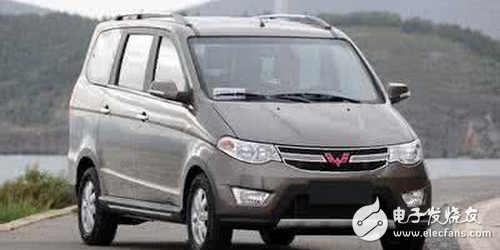
The low price, the quality of the leather test, the large space is also fuel-efficient, and the ability to pull goods can be used as a ox, and is the choice of many migrant workers.
This car, which can be seen everywhere in the streets of the third- and fourth-tier cities (especially in the north), has led many ordinary Chinese to lead a well-off life.
Of course, the history of such a car has also witnessed the industrialization of the Republic.
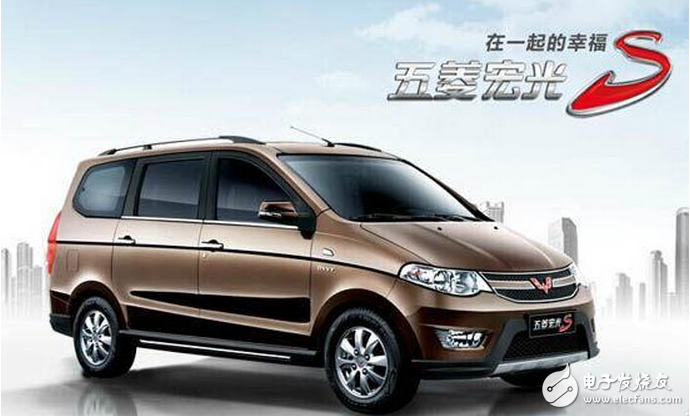
The predecessor of Wuling Hongguang is a Liuzhou Machinery Factory.
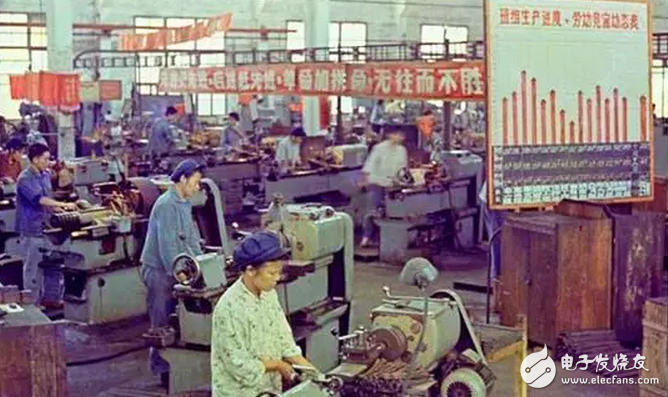
This factory was born in the early 1958 Republic. At that time, China was a poor factory in the industry. A mechanical factory like this was the treasure of the party and the country. It was a key development, so in such an environment, the factory began to be a diesel engine.
The diesel engine was originally installed on the ship (the water transport was the mainstay in that era), but as the ship's demand became smaller, the plant's benefits began to decline, and it had to start to transform and start to work as a farm tractor.

This time the transformation was very successful, because agriculture was also in urgent need of reform in that era, and this tractor entered thousands of households.
However, the good times did not last long. The Cultural Revolution came in 1966, and the production of Liuzhou Power Machinery Plant also received an impact, but they did not stop the development of diesel engines.
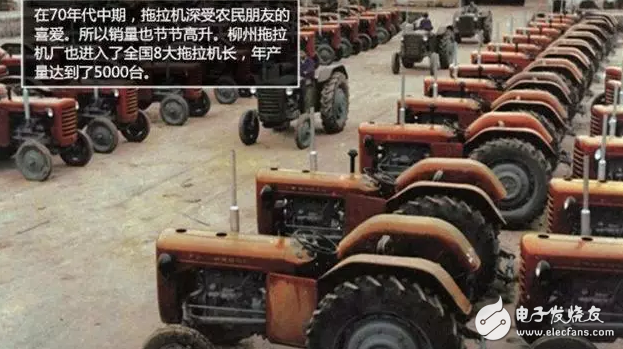
In the early days, the state implemented a planned economy. Agricultural products such as tractors were purchased and redistributed by the state. However, after the Third Plenary Session of the 11th Central Committee, the country began its market economy and no longer paid for such machines. This makes Liuzhou Power Machinery Factory overcapacity and difficult to sell.
It must be said that the future of a company has a great relationship with its leadership.
In the face of difficulties, Liuzhou Power Machinery Factory began another transformation, began to do sewing machines, weaving machines, but the factory still did not give up research on engine technology.
Until 1980, Japanese minivans began to enter China. This also made Liuzhou Machinery Factory see the signs and hopes.
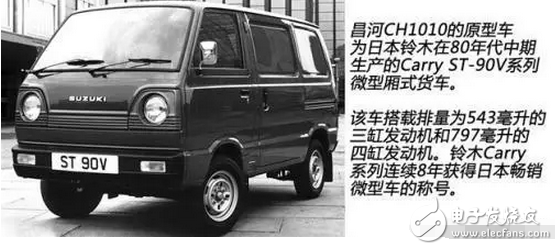
After two years, in 1982, several technicians of Liuzhou Power Machinery Factory imitated the first prototype mini-car according to the Japanese satellite van, named LZ110. It also realized the breakthrough of Liuzhou Machinery Factory in the field of minivans. In October 1984, Liuzhou Tractor Factory officially produced the "Wuling" LZ110 minivan. And Liuzhou Power Machinery Factory was officially renamed Liuzhou Mini Car Factory. The first product was named Wuling Mini Car.
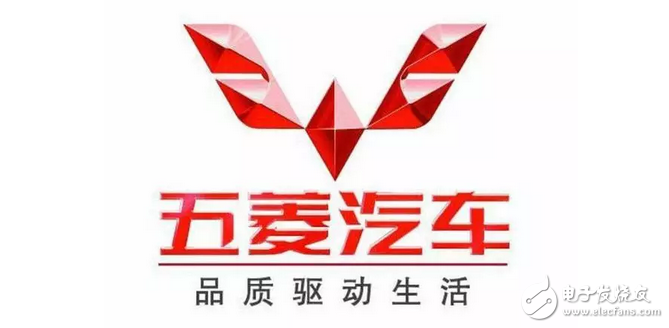
In 2002, it signed a contract with the US General Motors for a tripartite joint venture. It also opened the curtain for the development of SAIC-GM-Wuling. Among them, SAIC Group accounted for 50.1% of the shares, General Motors accounted for 34% of the shares, and Wuling Motors accounted for 15.9% of the shares. In November of that year, SAIC-GM-Wuling Automobile was officially listed. It also opened a period of rapid development.
Wireless Charging Multifunctional Sterilizer
Phone Sterilizer,Mobile Phone Sterilizer Box,Wireless Charging Uv Sterilizer Box,Wireless Charging Multifunctional Sterilizer
wzc , https://www.dg-wzc.com
